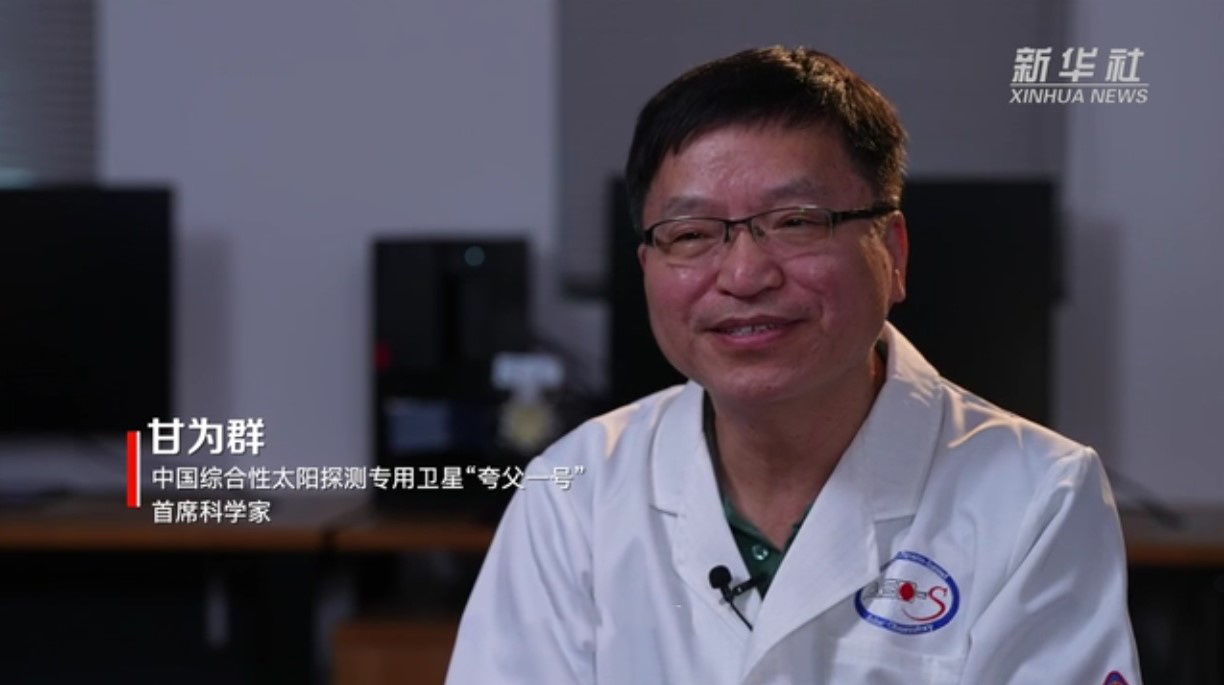
Recently, our company received a thank-you letter from Gan Weiqun, the chief scientist of the "Kuafu I" satellite at the Zijinshan Observatory of the Chinese Academy of Sciences, in which we expressed our heartfelt thanks for overcoming various difficulties and making contributions to the successful development of the "Kuafu I" satellite.
Excerpt from thank-you letter:
Zhongke Weijing has always provided strong support for the development of the "Kuafu-1" satellite, providing thousands of thin film transmission gratings. This grating is one of the core components of the HXI payload, and its processing accuracy requirements are high and difficult. We thank Zhongke Weijing for overcoming various difficulties and making outstanding contributions to the successful development of the HXI payload.
Kuafu No.1 "
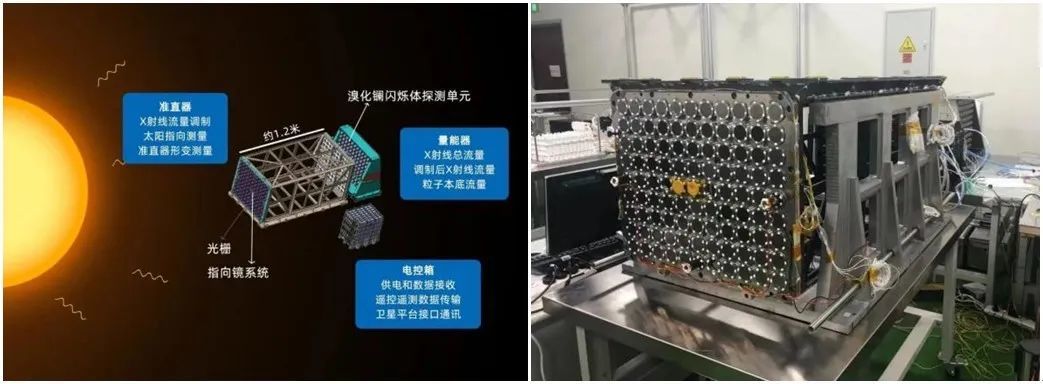
Structural diagram and actual shooting image of the HXI solar hard X-ray imaging instrument
Kuafu-1 was successfully launched from Jiuquan Satellite Launch Center on October 9, 2022. It is another space science satellite developed and launched after "Wukong" and "Mozi", achieving a breakthrough in China's space-based solar exploration satellites. The Kuafu-1 spacecraft, with the scientific goal of "one magnet and two storms," is equipped with three payloads: the Full Surface Vector Magnetometer (FMG), the Lehmann Alpha Solar Telescope (LST), and the Solar Hard X-ray Imager (HXI). It can simultaneously observe the solar magnetic field, non thermal radiation of solar flares, coronal mass ejections, solar surface formation, and perihelion propagation. HXI, as one of the three major payloads of satellites, is responsible for observing non thermal radiation from solar flares.
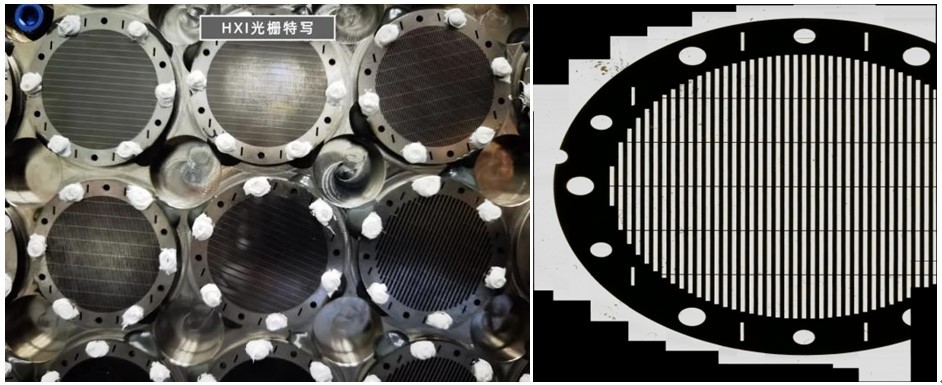
High quality cutting of micrometer pitch grating
Grating is the core component of HXI for effectively observing changes in sunlight and forming imaging. Its processing accuracy is high and the processing difficulty is high. Our company has overcome various difficulties and successfully broken through the micro pitch large-area slit array cutting technology through arduous research and development, providing key technical support for the development of China's first advanced space-based solar observation satellite.
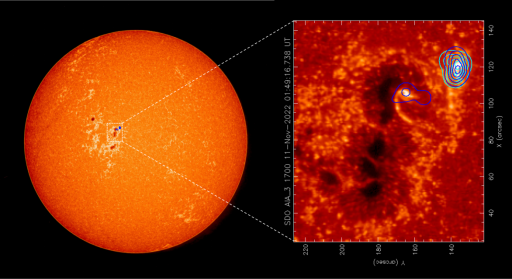
According to a report by People's Daily on November 21, 2022, the first solar hard X-ray image released by the "Kuafu-1" payload HXI is the first time that China has obtained a solar hard X-ray image. This is also the only solar hard X-ray image from an Earth perspective internationally, and its image quality has reached the international advanced level.


 微信公众号
微信公众号
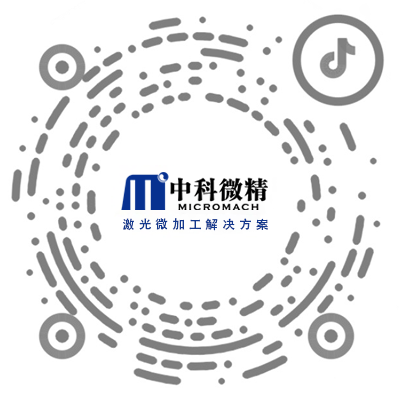 抖音
抖音
 视频号
视频号